Union Build: Pioneering Modular Smart Contract Infrastructure for Developers.

INTRODUCTION
In the fast-paced world of blockchain development, Union Build emerges as a powerful solution for developers aiming to streamline smart contract creation. Union offers a modular smart contract framework that’s intuitive, reusable, and deeply composable. For both new and experienced developers, Union simplifies the complex process of deploying secure, and interoperable smart contracts.
This blog breaks down how Union Build works, its standout features, and the recent innovations that make it a foundational tool for web3 builders.
What is Union Build?
Union Build is a decentralized bridging protocol that connects Cosmos, EVM and other blockchains using trust-minimized technology like light clients and cryptographic proofs.
It allows assets and messages to move securely between different chains without relying on centralized custodians by verifying blockchain state on-chain using smart contracts. Union uses IBC for Cosmos-side communication and custom light-client infrastructure for EVM chains, making it a secure, composable, and open foundation for cross-chain applications and so on.
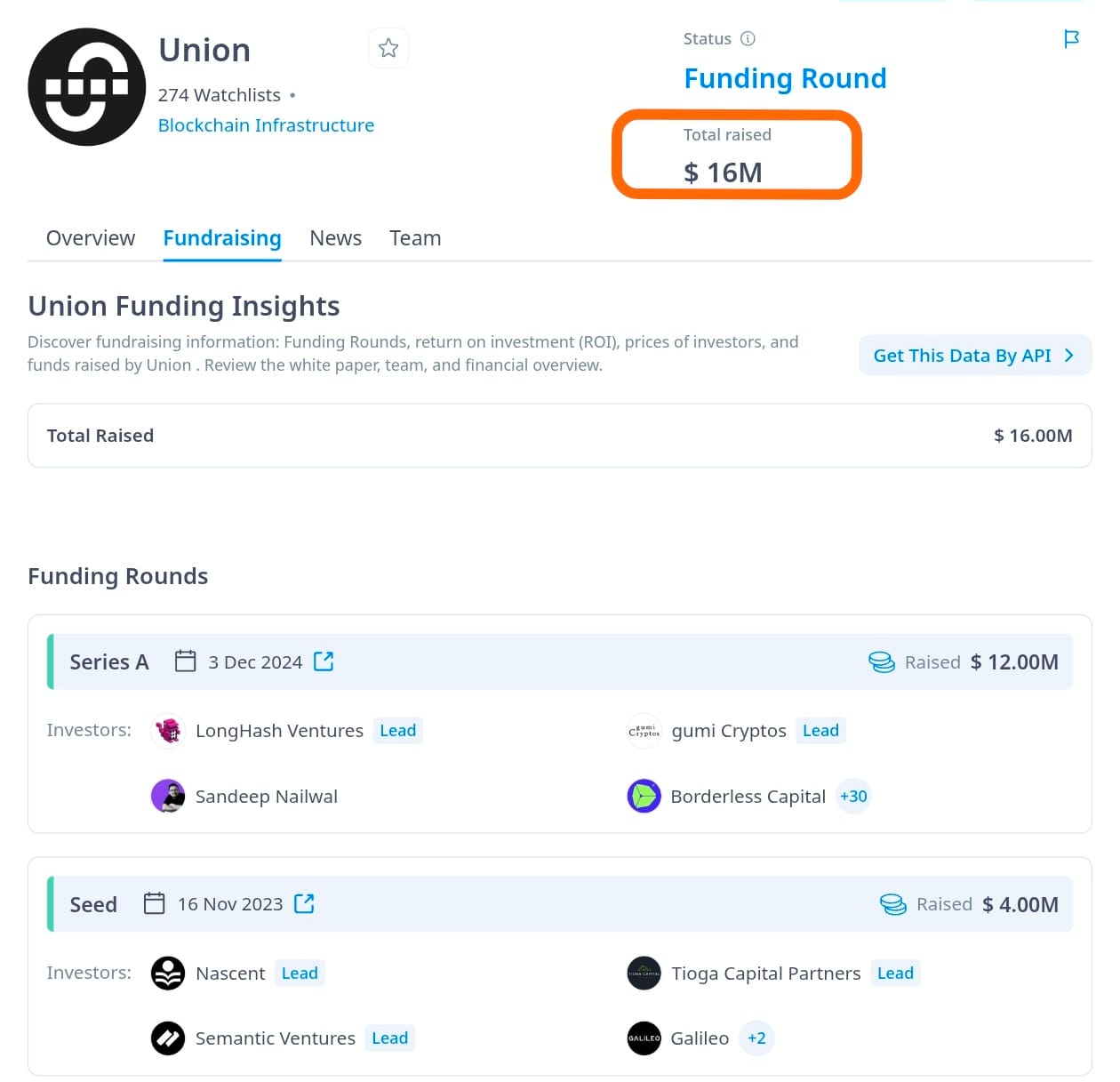
How Does Union Work?
Union introduces a new execution architecture where smart contracts on different chains can be composed and triggered through a shared coordination mechanism. Here’s a simplified view of the workflow:
- Execution Plan: Users or protocols define a multi-chain transaction plan (e.g., swapping on Chain A and depositing on Chain B).
- Coordinator Role: Union’s protocol coordinates the execution across supported chains, ensuring all steps happen together or not at all.
- Relayers: Trusted agents help relay and verify steps across chains while Union ensures security through economic incentives and cryptographic proofs.
- Settlement: Once the steps are completed, state updates are reflected on each chain, all in sync.
Key Features of Union
Cross-Chain Atomicity
Union makes it possible to execute a set of transactions across multiple chains atomically either they all succeed or none do. This is a huge leap forward for DeFi protocols relying on complex multi-chain strategies.
True Trust-Minimized Interoperability
Union does not rely on centralized multisigs or external bridge validators. By using IBC and light clients, it keeps trust assumptions as close to the source chain as possible which is something very few cross-chain protocols achieve.
Developer-Friendly SDK
Union offers an SDK that simplifies building cross-chain apps. Developers don’t need to manage separate contracts or custom integrations for each chain. Union handles the coordination.
EVM + Cosmos Compatibility
Unlike most bridging protocols that focus on one ecosystem, Union speaks both languages: Cosmos via IBC and EVM via custom infrastructure. That’s a hard engineering challenge and Union is tackling it head-on.

Here’s a breakdown of how Union Build approaches cross-chain development across various ecosystems:
Cosmos SDK Chains (Cosmo)
Focus: Interoperability via IBC (Inter-Blockchain Communication).
Union Build Contribution:
Tools to abstract IBC logic.
Frameworks that simplify working with Cosmos modules (e.g., CosmWasm or CometBFT chains).
Cross-chain messaging and contract invocation.
EVM-Compatible Chains
Focus: Connecting Ethereum, Arbitrum, Optimism, Polygon, Avalanche, etc.
Union Build Contribution:
SDKs to write logic once and deploy to multiple EVMs.
Interfaces for consistent state/querying across chains.
Integration with bridging protocols and RPC services.
Solana
Focus: High throughput and unique runtime (Sealevel).
Union Build Contribution:
Adapters that let Solana apps communicate with EVM/Cosmos.
Unified tooling to treat Solana programs as part of cross-chain workflows.
Bitcoin L2s / Others
Focus: Secure settlement layers or specific capabilities (e.g., privacy, storage).
Union Build Contribution:
Integration layers for Bitcoin L2s (e.g., Stacks, Rootstock).
Event listening and state relays into cross-chain apps.

Key Union Build Tools & Ideas:
Cross-chain SDKs: Build once, deploy everywhere.
Event routers: Detect and react to events on different chains.
Composability layers: Let contracts talk to each other across ecosystems.
Identity & wallet abstraction: One user identity across chains.
Why Union's Approach is Unique (and Hard)
Cross-chain execution is notoriously difficult because of the lack of shared state between blockchains. Union is trying to bridge this gap but not through messaging, but through coordination.
This approach is incredibly challenging:
Timing issues need to be resolved to prevent inconsistencies.
Economic incentives must ensure participants act honestly.
Reliability must be maintained without centralized relayers or validators.
Union is tackling these with custom architecture, coordination logic, and secure relayer design. This sets it apart from most existing interoperability solutions.
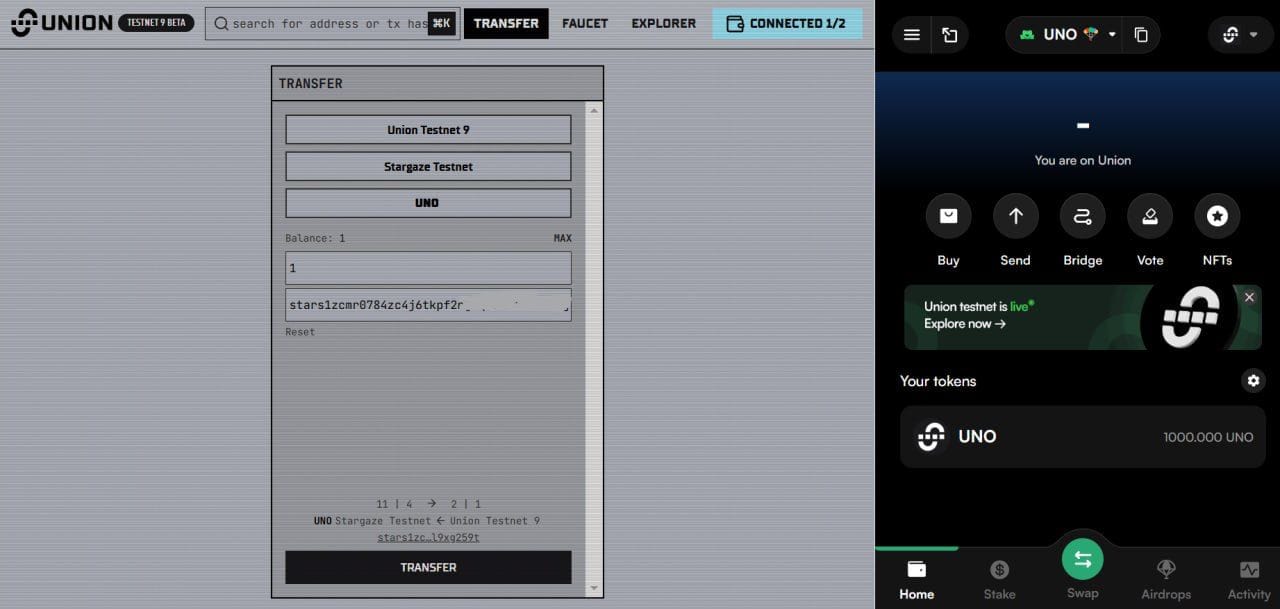
Recent Developments in the Union Ecosystem
Union is actively expanding its network and partnerships. Some highlights include:
Launching the Union Testnet V2: Developers can begin building and experimenting with multi-chain applications.
Early Integrations: Protocols are exploring how Union can simplify their cross-chain operations.
Focus on UX: Union is building interfaces and documentation to help both users and developers onboard smoothly.
More features and supported chains are expected as the protocol matures.
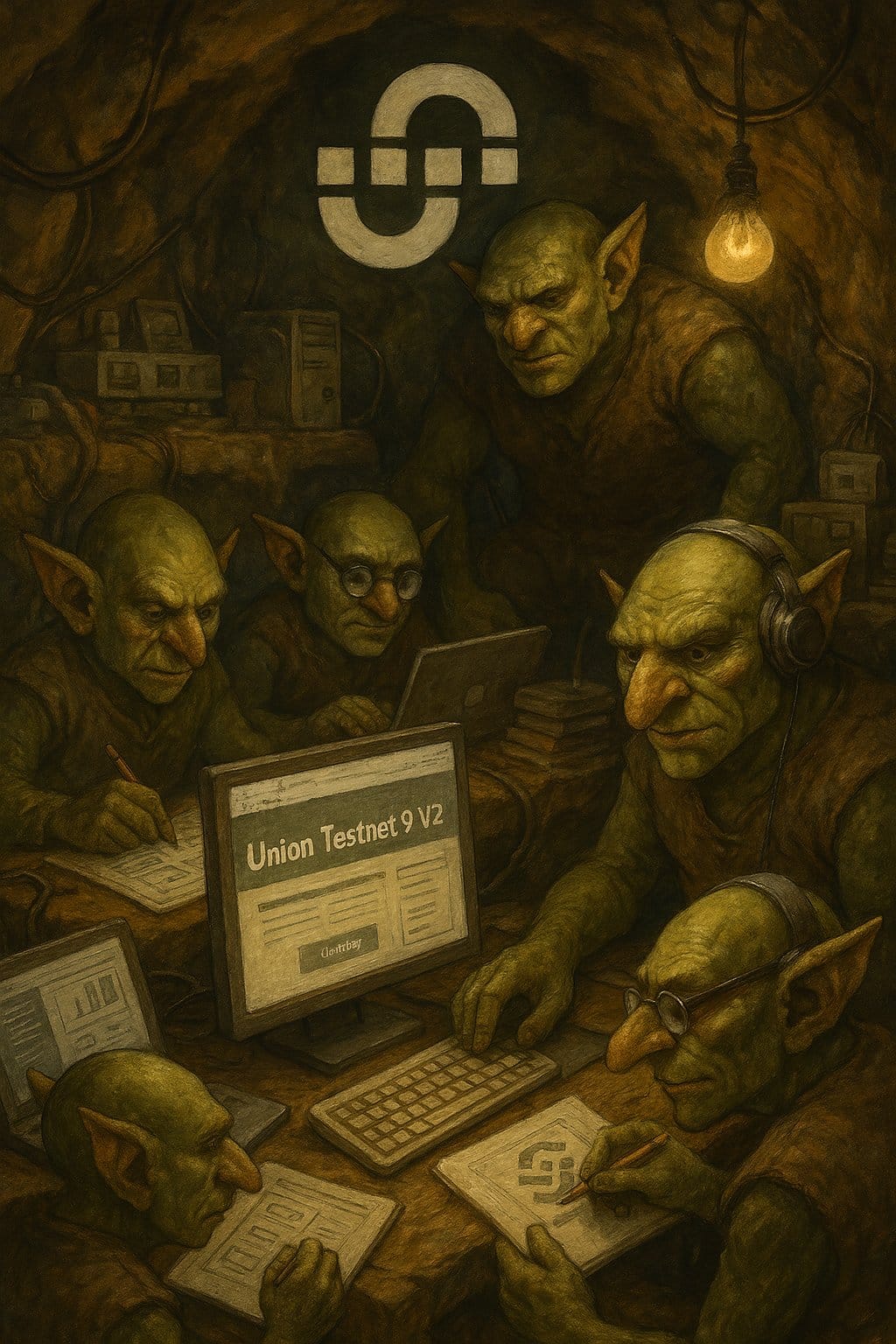
Conclusion
Union Build’s mission to create a decentralized, secure, and scalable bridge between EVM and Cosmos chains is bold and technically demanding. But it’s also essential. As the blockchain space continues to evolve, projects like Union will be critical to ensuring users and developers are no longer locked into one ecosystem. With its open-source ethos, security-first approach, and developer-friendly architecture, Union Build is laying the groundwork for a truly interconnected web3.
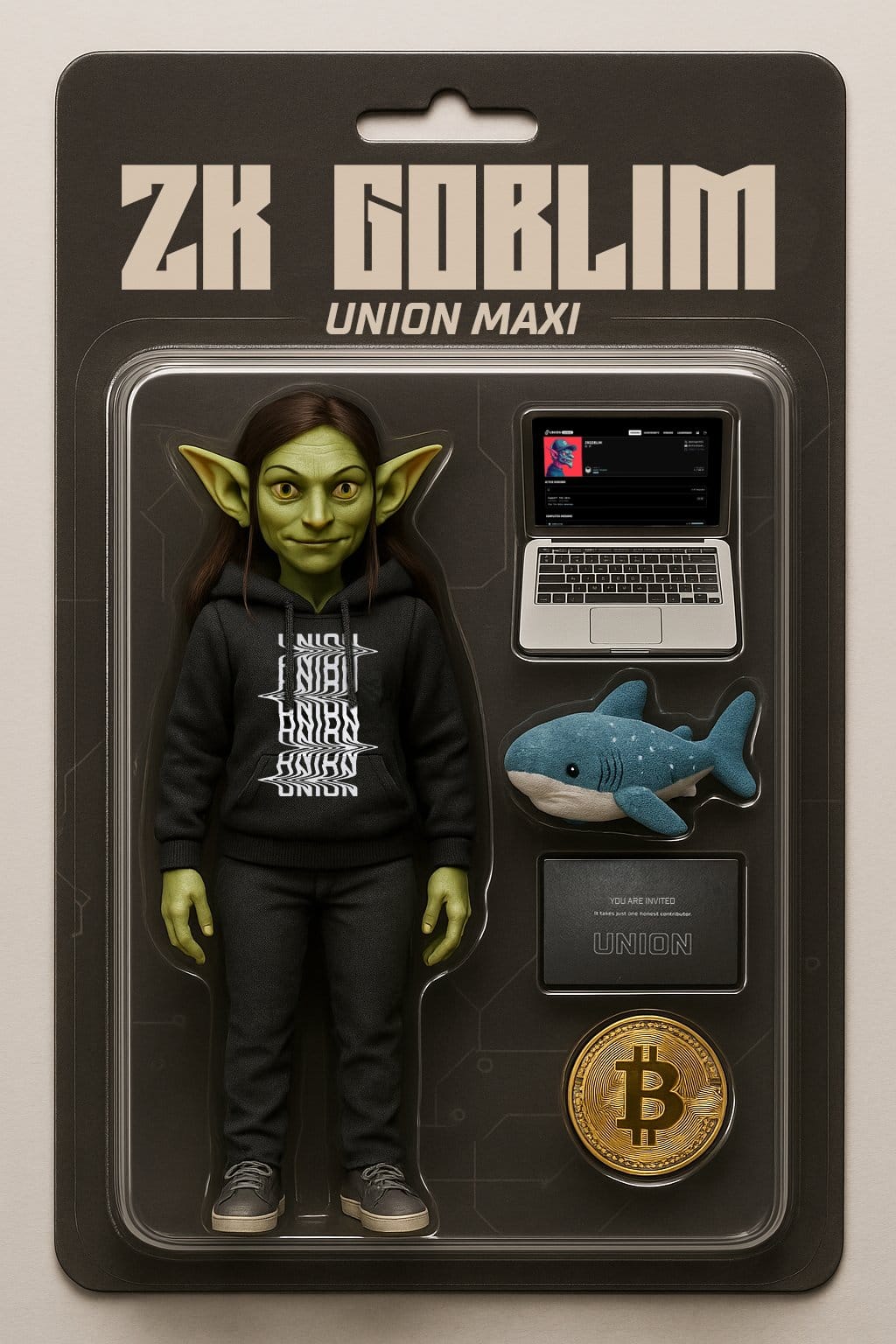
Stay tuned for more updates. ZKGM
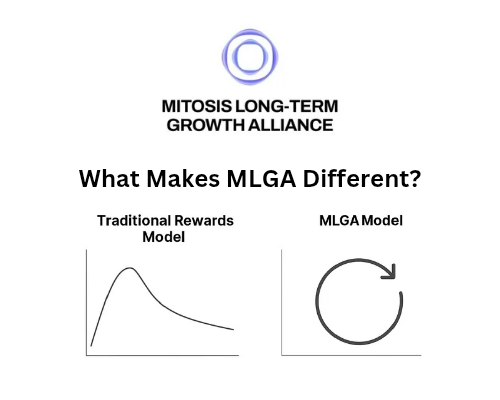
Comments ()